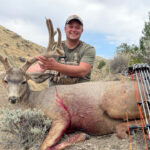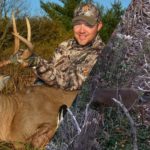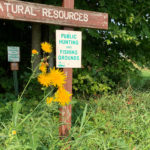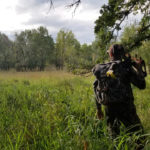LAST UPDATED: June 16th, 2021
When hunters think of public lands, they automatically jump to state and nationally-owned properties. That isn’t always necessary, though. In some places, counties and towns offer lands open to hunting, too. It often goes overlooked. Here are some things to know.
Find a Place Near You
City governments oftentimes have parks and other publicly-owned lands that are overrun with deer. It isn’t uncommon for these to be open to hunting, and it isn’t uncommon to have the place to yourself, either.
These places are generally little-known, and not publicized well. Online searches for “urban bowhunting near you” is a pretty good start, though.
Another option includes county conservation boards that offer lands to the public. Most of these lands have been repossessed at some point, and can be looked up. Some of these will be listed on county websites, and others aren’t.
Wisconsin’s Dane County Parks system is a great example of a well-ran program. Like city-owned properties, these aren’t always easy to find, either.
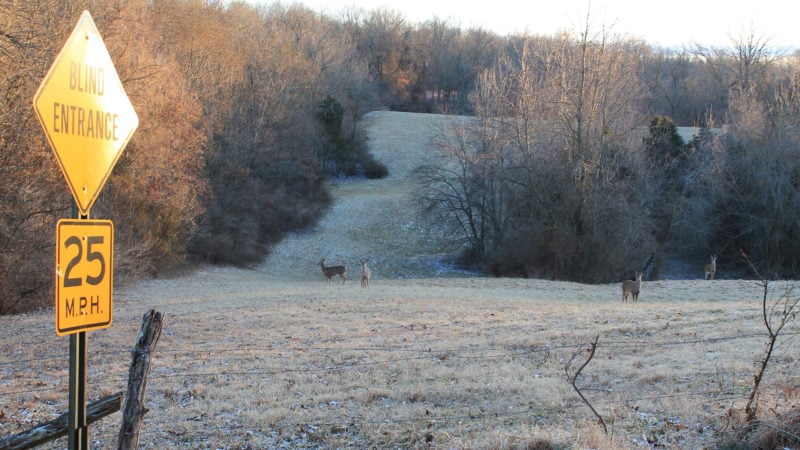
Other programs allow local landowners to enroll their land into hunting programs. These are technically private lands, but they serve as public access. Nearly half the states in the country have some version of this. The Kansas Walk-In Hunting Access (WIHA) is but one of many examples.
Regardless of the exact ownership, dig up as many of these locally-owned public lands as possible. Then, get out and start scouting.
Use Available Resources
Websites. Social media. Forums. Plats. The HuntStand App. Phone calls. These things and more can help find places to hunt. If you’re having trouble locating something, keep digging. You’ll find something eventually.
Remember, this isn’t a one-day process, either. Searching for hunting ground is a never-ending deal. You can never scout too many pieces of land. Even if you have plenty of access, you never know when you’ll find something better.
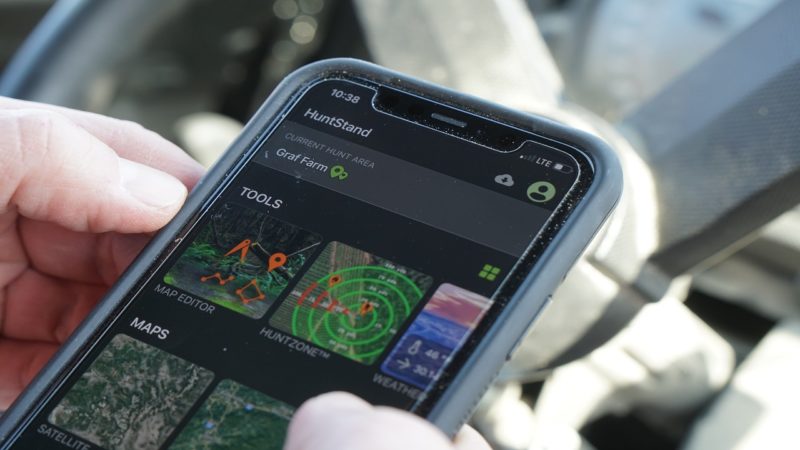
Pinpoint the Best Bet
If access is anything but limited, sometimes, sifting through the available acreages is the bigger challenge. Don’t overthink it, though. Focus on the properties with plenty of food, lots of thick, nasty, early-successional edge habitat, and lower hunting pressure.
Then, cross off everything where people frequent. Avoid primary access trails, routes, and areas that people naturally gravitate to, such as pinch points, funnels, field edges, food plots, etc. Instead, focus on places with good odds of success, but that typically receive much less pressure.
Some of these places include areas isolated by water, oxbows, islands, swamps, marshes, leeward ridges, thermal hubs, near suburbs, and other overlooked areas. These might even be close to parking lots, roadsides or places hunters fail to consider.
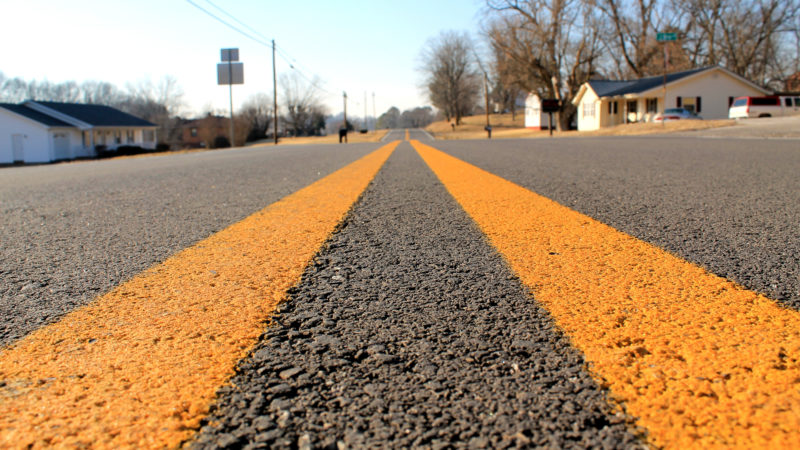
Apply, Apply, Apply
Sometimes, these lands require special permits to hunt. Others are draw, quota, or limited-entry hunts. Check regulations, and then get ahead of the game. Apply for everything you need to hunt.
Generally, areas with limited access are much better hunting than those that allow anyone to hunt. Keep that in mind when choosing properties to focus on for your next urban hunt.
Scout Deer
Once access is granted, scout just like you would any property. Avoid the hunting pressure. Find secluded pockets where other hunters aren’t going.
Next, look for buck beds, and find ways to hunt on the fringes of these areas. Staging areas are good, too. But hunting on the edge of food sources rarely works in the real world, whether public or private.
Then, devise a solid game plan. Craft good entry and exit routes to get in and out of there. That’s important. You want to find the spots that other hunters aren’t trying, but you don’t want to screw it up yourself. If you do, what’s the point?
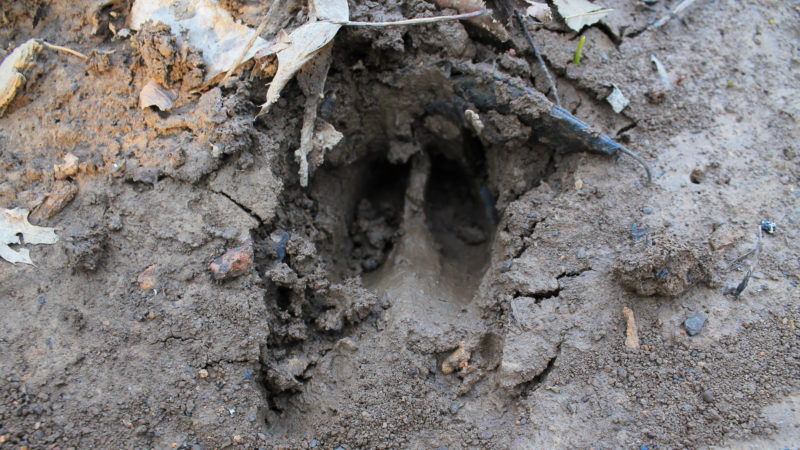
Scout People
When sharing permission (again, whether public or private), pay attention to what others are doing. Look for parked vehicles, boot tracks, treestands, ground blinds, trail cameras, etc. Respect others, and avoid them.
Some hunters might have it figured out, but most won’t. Even if they do, it’s not like you can both hunt a spot, even if it’s the best one. So, find an alternative stand location for the day. Or get there earlier.
Key Responsibilities
In most cases, these city and county lands are managed the same as state lands. That’s not always the case, though. Be vigilant in your research. Follow all game laws, whether they’re state- or locally-mandated.
It isn’t uncommon for some locations to require filled doe tags before a buck tag is granted, especially in urban zones. In extreme cases, such as in Iowa, you have to kill does this year to get your buck tag next season. This is an effort to reduce the overall deer population. They make you earn it, and that’s okay.
Depending on the property, some have check-in stations, information kiosks, and access points. If necessary, check in and out. Follow the rules. Doing so, and taking care of public lands, helps keep them open for all of us to enjoy.
Hunting close to home on locally-owned city and state land can provide some of the best opportunities of the year. Don’t miss out on these opportunities this season.

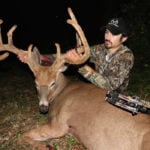 By
By 